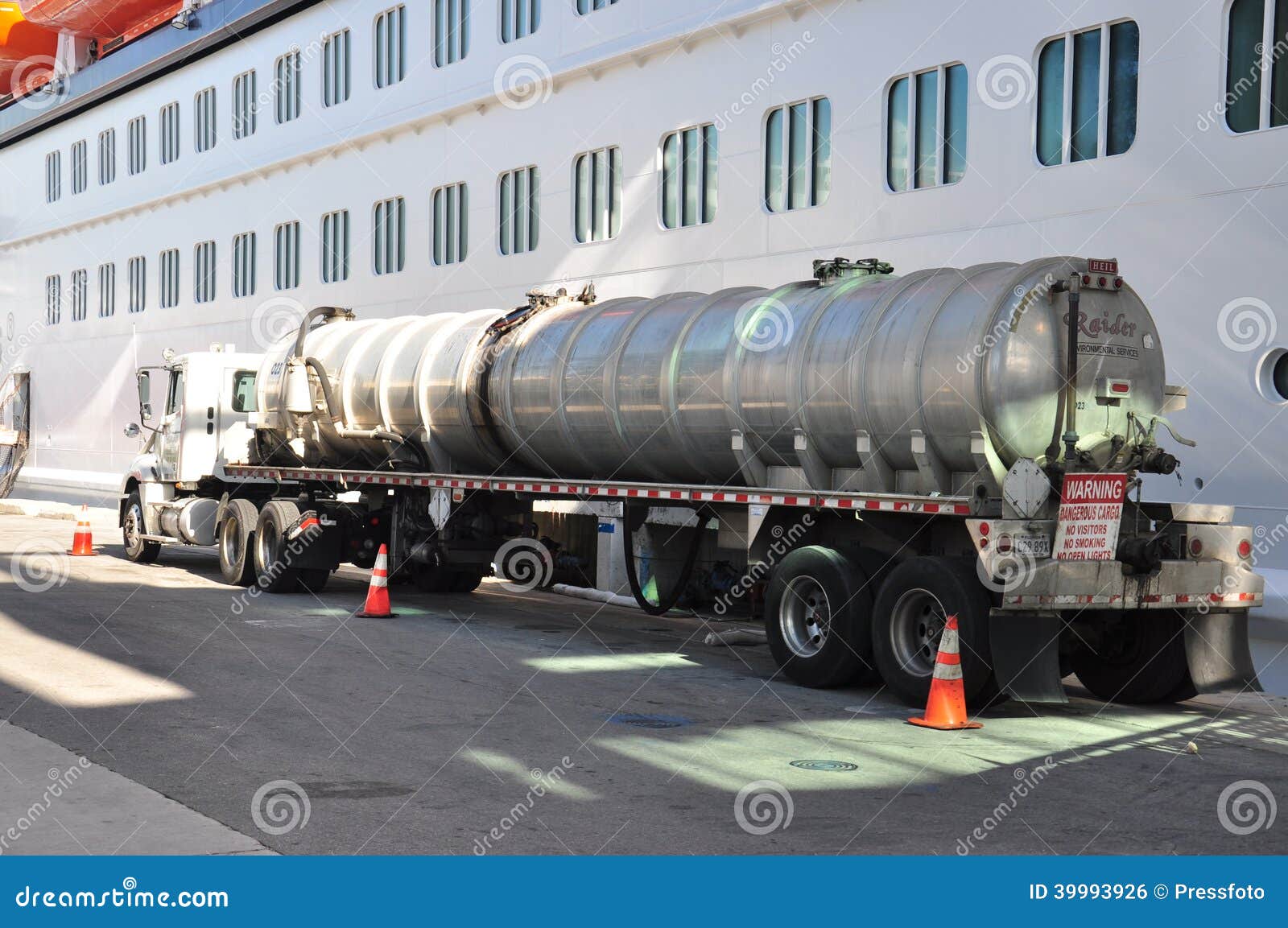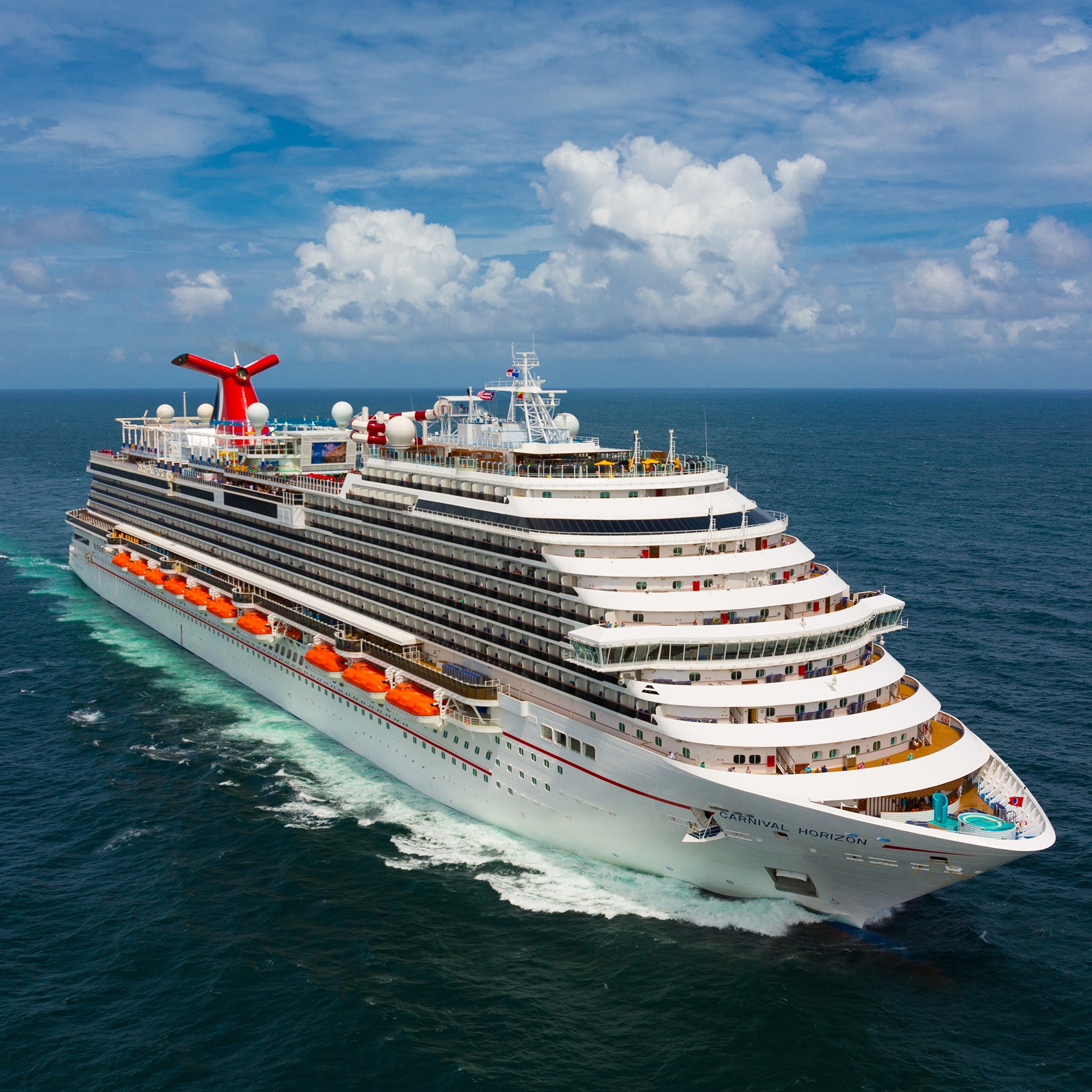
It takes over half a day to fully refuel a cruise ship due to its high maximum capacity, energy requirements, and the necessary labor. Because of this, a luxury vessel will seldom pass up the opportunity to refuel at the port. There’s no better time than while the cruise passengers are enjoying the local environment. It is an energy source made primarily from the naturally-occurring chemical methane. While burning, liquefied natural gas does not produce smoke, dust, or soot. Its 95 percent methane composition releases water vapor and a much smaller amount of carbon dioxide.
Ship’s Engine and Design
The adoption of these fuel efficiency technologies demonstrates the cruise industry’s commitment to sustainability and reducing its carbon footprint. As technology continues to evolve, cruise ships of the future are likely to be even more environmentally friendly, offering a greener and more energy-efficient way to explore the world’s oceans. Cruise lines continuously strive to find the right balance between ship size, passenger capacity, and fuel efficiency. By investing in technologies and adopting sustainable practices, the industry aims to reduce the environmental impact while still providing unforgettable experiences for passengers. In recent years, there has been growing concern about the environmental impact of cruise ships and their fuel consumption. Cruise companies employ new technologies in order to reduce fuel consumption.
Types of Fuel Used by Cruise Ships
To conclude, cruise ships take a lot of fuel – millions of gallons worth. Although it may be hard to fathom this amount of fuel, it makes sense for massive ships that spend days or even weeks at sea. However, the most important factor determining this is the cruise ship’s size. Generally, a large cruise ship up to 1,100 feet in length can carry as much as two million gallons of fuel on board.
Cruise Ship Pollution
It also means a large amount of energy is important to maintain these speed and power requirements. Hence, the fuel consumption almost quadruples itself than a standard bulk vessel. Hence, the power requirements onboard ships are extremely high and diverse in usage. This needs multiple auxiliary engines and power systems for the upkeep. Cruise ships consume a lot more fuel in comparison to the average cargo vessel. However, this stands as an exception to the large container ships that also have higher consumption limits.
‘Biggest, baddest’ – but is it the cleanest? World’s largest cruise ship sets sail - The Guardian
‘Biggest, baddest’ – but is it the cleanest? World’s largest cruise ship sets sail.
Posted: Fri, 26 Jan 2024 08:00:00 GMT [source]
A large cruise ship can be up to 1,100 feet long and carry as much as two million gallons of fuel, while a smaller cruise ship can typically hold around 130,000 gallons. A large cruise ship of over 1,200 feet in length can hold up to 2 million gallons of fuel. With diesel prices of $4.959 at the time of the article, it costs approximately $10 million to fuel a cruise ship fully.
Gas-turbine cruise ship power system

Another factor that significantly affects the cost of fuelling a cruise ship is the length of sailing. Logically, the longer the sailing, the more fuel the cruise ship will consume. For especially long sailings – more than 14 days – there’s a chance that the ship will also have to stop to refuel. The top factors are the cost of fuel, fuel type, size of the ship, length of sailing, and speed. Finally, the length of the sailings the ship is built for can also affect how much fuel the ship can hold. The longer the ship’s sailings, the more fuel it’ll be required to hold, as cruise lines would want to keep refueling stops during the cruise to a minimum.
The Procedure For Cruise Ship Refueling
In recent years, there has been increased scrutiny on the cruise industry’s ecological footprint, prompting cruise lines to invest in technologies and practices that reduce fuel consumption and emissions. It is worth noting that the cruise industry is actively working to improve fuel efficiency and reduce gas consumption. As the industry continues to strive towards sustainability, finding innovative ways to optimize gas consumption and reduce emissions on all ship sizes will be a top priority. Using LNG to power large cruise ships is a relatively new (2016) concept.
A cruise ship moves at an average speed of roughly 20 knots per hour, or about 23 miles per hour. It takes 125 gallons for the vessel to move one nautical mile at maximum speed. If you do the math, that means that a cruise ship can travel about 600 nautical miles without stopping, or the distance between the Yucatan Channel and Jacksonville, Florida. To help break down what those numbers mean practically, let’s dive into a cruise ship’s fuel capacity, standard distance per tank, how they refuel, and more. We will examine Royal Caribbean’s Oasis Class ships as our subject, the most extravagant luxury liners in the world.
It also has an energy-saving and monitoring system for more environmentally friendly energy use, which reduces fuel consumption. Each ship in the Freedom class is 1,112 feet long and travels at a speed of 21.6 knots on average. According to rumors, they typically consume 28,000 gallons of fuel per hour, which is significantly more than other ships of a similar size. Their cutting-edge propulsion systems offer an overall fuel savings of 10 to 15 percent.
Naturally, a small economy car will use less gas to travel further than a large utility truck. There is always hope for greater fuel efficiency even though cruise ships grow in size. Magnifica has an average speed of 18 knots and a top speed of 22.90 knots.
Icon of the Seas: World's largest cruise ship sets sail from Miami - BBC.com
Icon of the Seas: World's largest cruise ship sets sail from Miami.
Posted: Sun, 28 Jan 2024 08:00:00 GMT [source]
And the world’s largest cruise ships, like Royal Caribbean’s Oasis class, can consume up to 250 metric tons of fuel per day or 80,645 gallons per day. That’s more fuel than you’ll use driving cars throughout your lifetime. The fuel cost for the Oasis-class vessels is estimated to be around $300,000 per day. If you’ve ever wondered how much fuel a cruise ship uses, you probably have a lot of inquiries.

But in times of high gas, diesel, and oil prices, cruise lines may charge a fuel supplement to offset the cost of higher fuel prices. Fuel for cruise ships is one of the highest operating costs for the cruise line. By some estimates, up to 20% of a cruise line’s expenditures are fuel related. To better illustrate this process further, consider the Louis, a Canadian icebreaker vessel The ship’s fuel tank has a capacity of about 1 million gallons. A barge will refuel the ship by pumping about 110 tons of fuel into it every hour. In general, a large cruise ship up to 1,100 feet in length can carry as much as two million gallons of fuel on board.
Vessels use lower-grade diesel which tends not to burn as purely as diesel-powered road-going vehicles. In 2020, IMO (International Maritime Organization) implements its global 0,5% sulfur cap on marine fuels. Each fuel option is based on vessel type and age, routes/itineraries and powerplant. World's largest seaports plus numerous smaller ports already have installed shoreside power capabilities providing shore-to-ship power supply to berthed vessels.
